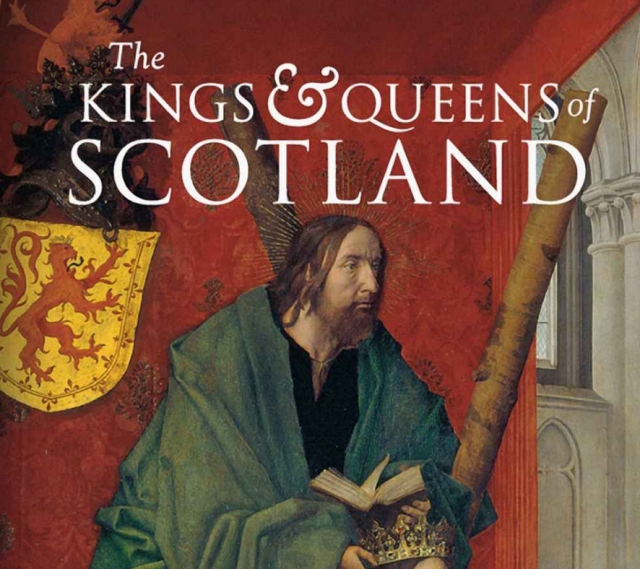The Kings and Queens of Scotland
Review

The Kings and Queens of Scotland, Timothy Venning, Amberley Publishing, 2015, paperback, 336 pp., £9.99, ISBN 9781445648194
This informative illustrated history of the Scottish monarchy explains the origins of the kingdom of the Scots, commenting that it was ‘the last of the non-Anglo-Saxon states of Britain to survive as a political entity’ and that alone of the ‘Celtic’ nations, ‘it was not absorbed into England by conquest’. It traces the history of Scotland’s constituent states and then of the united kingdom of Scots from Kenneth MacAlpin onwards in all its complexity and violence. It observes that when James VI of Scotland came to the throne of England in 1603, and when union with England finally came in 1707 during the reign of Queen Anne, ‘it was technically on equal terms’. Moreover, he concludes that its success ‘owed much to the abilities and tenacity of a succession of rulers’ by contrast to the shorter lived, enforced union under the Commonwealth. ‘Full of rapid reversals of fortune, brilliant and incompetent leadership, family strife, and triumph and tragedy intertwined’ it encompasses both the obscure earlier history as well as the more familiar stories of Robert the Bruce and Mary Queen of Scots. Essentially a dynastic history explicitly affirming ‘the qualities of Scotland’s rulers’ over a thousand years, it does set formative episodes such as the background to the Act of Union between 1689 and 1707 in the context not only of the respective domestic politics of both Scotland and England, but also within the context of international politics, namely the continental struggle with Louis XIV and, indeed, also of economics, notably the failure of the Darien colonial project of 1697. It is illustrated by a cluster of 27 photographs, many of them in colour and is likely to be widely available at a wide variety of Scottish heritage sites.

